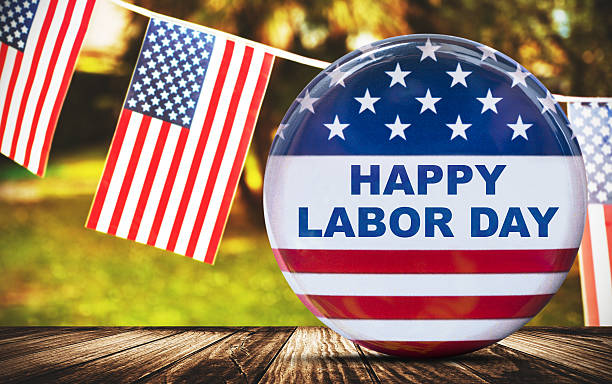
In the realm of American art, few names resonate with as much brilliance and innovation as Georgia O’Keeffe. Her iconic works, characterized by bold colors and an unparalleled sense of abstraction, have etched her name into the chronicles of art history.
Born on November 15, 1887, in Sun Prairie, Wisconsin, O’Keeffe’s journey to artistic eminence was a gradual but determined one. After studying at the Art Institute of Chicago and the Art Students League in New York, she honed her craft, eventually forging a distinctive style that would set her apart in the male-dominated art world of the early 20th century.
O’Keeffe’s artwork is perhaps most renowned for her depictions of flowers, particularly her larger-than-life renderings of blossoms such as “Jimson Weed” and “Black Iris” (both shown below). These paintings, with their meticulous attention to detail and magnified perspectives, transcend mere representation, offering viewers a glimpse into O’Keeffe’s profound reverence for the beauty and mystery of nature.


Yet, O’Keeffe’s artistic repertoire extends far beyond floral motifs. Her evocative landscapes, inspired by the stark beauty of the American Southwest, capture the essence of the desert with a simplicity and depth that is truly captivating. From the majestic contours of the New Mexico terrain to the haunting allure of bleached bones against a vast sky, O’Keeffe’s landscapes invite us to contemplate the raw, elemental forces of the natural world.
In addition to her mastery of painting, O’Keeffe was also a pioneer of modernism, experimenting with abstraction in ways that challenged conventional notions of representation. Her series of abstract works, such as “Music—Pink and Blue No. 2” and “Abstraction Blue (both shown below),” showcase her innovative use of form and color to evoke emotional and psychological states, inviting viewers to explore realms beyond the confines of the tangible.


Today, Georgia O’Keeffe’s legacy endures as a testament to the power of artistic vision and the enduring allure of the natural world. Her paintings continue to inspire and captivate audiences around the globe, reminding us of the boundless possibilities of creativity and the eternal beauty that surrounds us.
In the words of O’Keeffe herself, “I found I could say things with color and shapes that I couldn’t say any other way—things I had no words for.” Indeed, her art speaks volumes, transcending language and time to touch the hearts and minds of all who behold it.
Hope you enjoyed this today, thanks for stopping by!!
Share the Happy💖






















